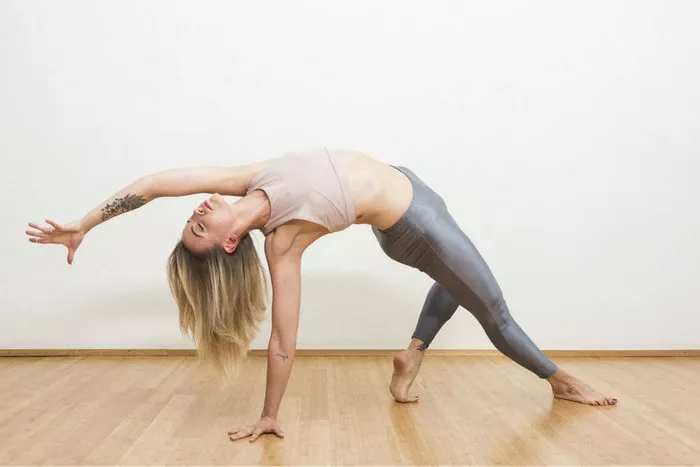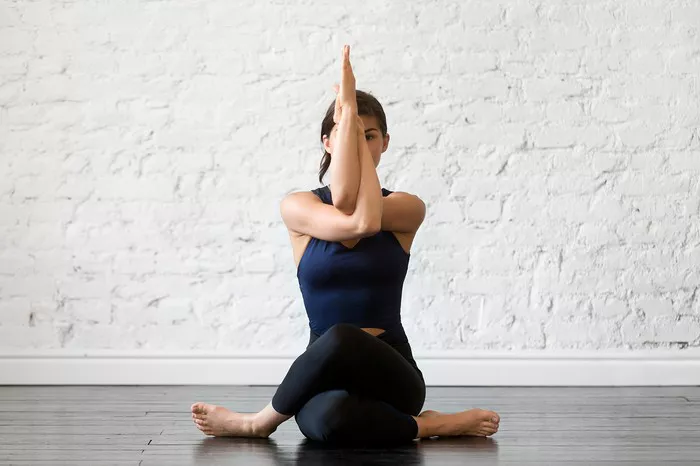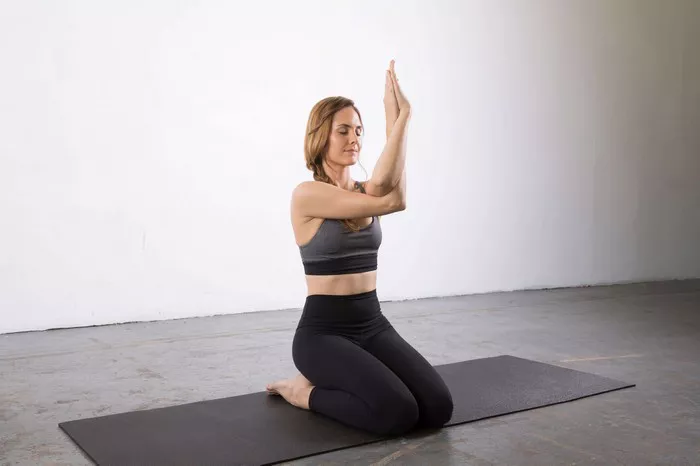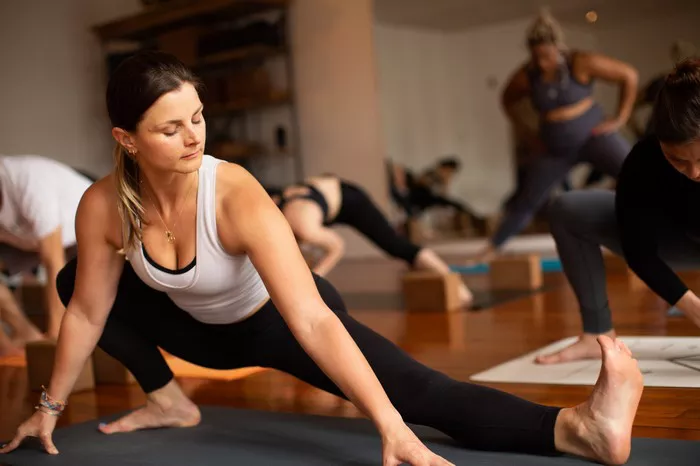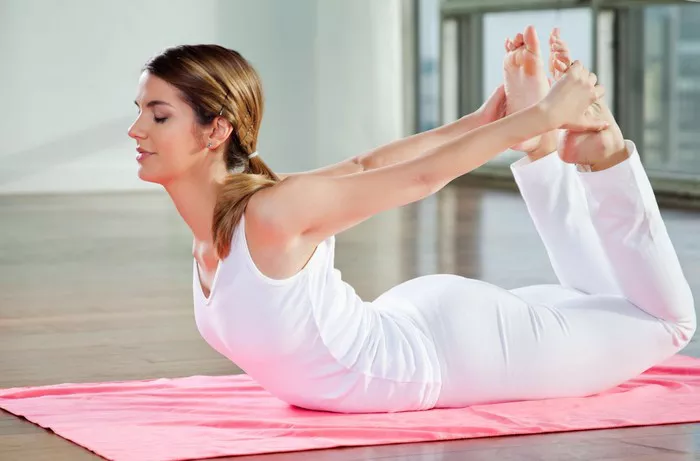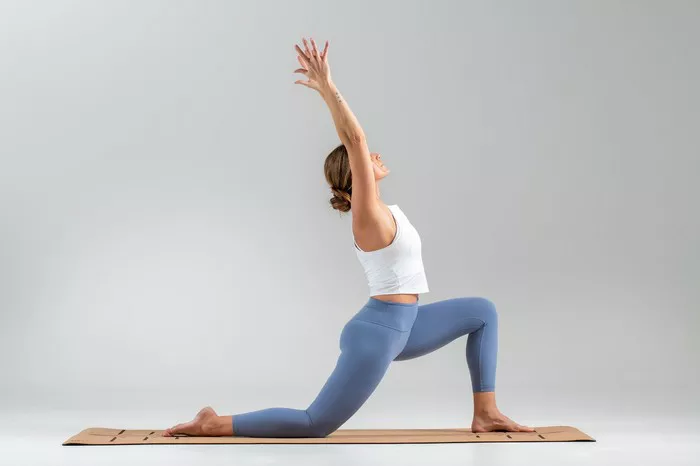Kriya Yoga, a profound spiritual practice that integrates body, breath, and mind, has garnered significant attention in the world of yoga due to its transformative potential. Its roots trace back to ancient India, and it has been passed down through generations of yogis, most famously by the renowned spiritual master, Paramahansa Yogananda, who introduced it to the Western world. Kriya Yoga is often referred to as a “science of breath,” as it teaches techniques that accelerate the journey to self-realization through disciplined control of the breath and mind.
In this guide, we will explore the essence of Kriya Yoga, its components, and how to practice it effectively, ensuring you can integrate its teachings into your life for spiritual growth and well-being.
Understanding Kriya Yoga
Kriya Yoga is a spiritual discipline that encompasses a series of meditation and breathing techniques designed to harmonize the body, mind, and spirit. The word “Kriya” means “action” or “effort,” while “Yoga” translates to “union” or “connection.” Thus, Kriya Yoga is the practice that brings about the union of the individual self with the divine through conscious actions. It provides practitioners with tools to direct their energy inwards, leading to heightened awareness, increased vitality, and ultimately, spiritual enlightenment.
The practice of Kriya Yoga was revealed by ancient sages and was popularized in modern times by Mahavatar Babaji, a legendary yogi, and his disciples, including Paramahansa Yogananda. Yogananda’s book Autobiography of a Yogi played a pivotal role in making Kriya Yoga known around the world. His teachings emphasized the power of Kriya Yoga as a practical tool for attaining higher states of consciousness and achieving a state of divine peace.
The Four Pillars of Kriya Yoga
The practice of Kriya Yoga revolves around four main principles that create a balanced and holistic approach to life:
Pranayama (Breath Control): Breath is the bridge between the body and the mind. In Kriya Yoga, specific breath techniques are used to calm the mind, energize the body, and purify the system. The primary pranayama technique in Kriya Yoga is the “Kriya Pranayama,” which involves controlled breathing, often through alternate nostrils, to direct prana (life force energy) within the body and mind.
Dhyana (Meditation): Meditation in Kriya Yoga is used to cultivate inner peace, awareness, and concentration. It is the practice of stilling the mind to experience higher states of consciousness. Techniques like “Kriya Meditation” help one go deeper within, reducing mental chatter and distractions, thus facilitating direct communion with the Divine.
Karma Yoga (Selfless Service): Kriya Yoga emphasizes the importance of selfless action. Karma Yoga is the practice of doing one’s duty without attachment to the results. It teaches practitioners to act with love, humility, and service, promoting spiritual growth by reducing the ego.
Bhakti Yoga (Devotion): Kriya Yoga encourages devotion to the divine. It can be expressed through prayer, chanting, or simple acts of surrender to a higher power. Bhakti Yoga nourishes the heart and strengthens one’s connection to the Divine, allowing for spiritual clarity and inner peace.
Steps to Begin Practicing Kriya Yoga
The process of learning Kriya Yoga is a gradual journey that requires dedication, patience, and discipline. Below, we outline a basic guide for beginners who are interested in starting their Kriya Yoga practice:
1. Prepare the Mind and Body
Before diving into Kriya Yoga techniques, it is important to prepare both the mind and body. This preparation involves cultivating an attitude of reverence and commitment to the practice. Approach Kriya Yoga with sincerity and an open heart.
Additionally, physical preparation is key for engaging in Kriya Yoga practices. This can be achieved by doing asanas (yoga poses) to loosen and strengthen the body. Regular physical activity enhances energy flow and ensures that the body is flexible enough to sit in stillness for meditation.
A few basic asanas that can prepare the body for meditation include:
Sukhasana (Easy Pose): This seated posture helps create stability in the body and allows for relaxed meditation.
Padmasana (Lotus Pose): A more advanced seated pose that brings a sense of calm and balance.
Viparita Karani (Legs-Up-the-Wall Pose): This asana can help promote relaxation and balance energy in the body.
2. Learn Breath Control (Pranayama Techniques)
Breath control is at the heart of Kriya Yoga. By regulating the breath, you can control the flow of prana and direct it to specific areas of your body and mind. One of the first techniques you should learn is Anulom Vilom, or alternate nostril breathing. This simple yet powerful pranayama clears the energy channels and creates balance in the mind and body.
To practice Anulom Vilom:
- Sit comfortably in a meditative posture.
- Close your right nostril with your thumb, and inhale deeply through the left nostril.
- Close the left nostril with your ring finger, and exhale fully through the right nostril.
- Inhale deeply through the right nostril, then close the right nostril and exhale through the left nostril.
- Repeat this cycle for 10–15 minutes, gradually extending the duration as you become more comfortable.
Another pranayama technique is Kapalbhati (skull shining breath), which focuses on forceful exhalation and passive inhalation. This technique clears the mind and energizes the body.
3. Practice Kriya Meditation
The essence of Kriya Yoga lies in the practice of meditation. The technique of Kriya Meditation involves concentrating on the breath, the movement of energy, and the stillness of the mind. The purpose is to transcend mental distractions and experience deep states of inner peace and joy.
Here’s a simple guide to Kriya Meditation:
- Sit in a comfortable, upright posture (such as Sukhasana or Padmasana).
- Close your eyes and focus on the area between your eyebrows, also known as the “third eye.” This is the center of intuition and spiritual insight.
- Begin by observing your breath. Let it be natural and relaxed.
- As you continue breathing, focus your attention on the sensation of air entering and leaving your nostrils. Gradually deepen your awareness of the inner movement of prana (life force energy).
- Once you are able to calm the mind, begin mentally repeating a mantra or affirmation, such as “Om” or “I am peace.” This helps to anchor your awareness in the present moment.
- As you meditate, try to extend your breath, inhaling deeply and slowly, and exhaling gently. This helps to intensify the flow of prana and purify the mind.
- Meditate for 15–30 minutes, gradually increasing the time as your practice deepens.
4. Cultivate a Daily Practice
Consistency is key in Kriya Yoga. It is essential to dedicate time each day to your practice. Even 20–30 minutes daily will yield significant benefits over time. Begin your practice in the morning, when the mind is clear and the body is rested.
In the beginning, it is helpful to set aside a quiet space free from distractions. A serene environment promotes deeper meditation and enhances the experience of inner peace. As your practice grows, you will naturally start to feel the effects of Kriya Yoga on your life, including improved concentration, increased energy, and a deep sense of calm.
5. Seek Guidance from an Experienced Teacher
Kriya Yoga is a powerful practice that requires proper guidance to ensure it is performed correctly. While many resources are available online, it is recommended to seek an experienced teacher who can guide you through the intricacies of the practice.
A qualified Kriya Yoga instructor can provide personalized instruction, making sure that you are practicing the techniques properly and helping you to progress on your spiritual journey. Many yoga centers and spiritual organizations offer Kriya Yoga classes or workshops where you can learn the techniques in a supportive environment.
The Benefits of Kriya Yoga
When practiced regularly, Kriya Yoga offers numerous physical, mental, and spiritual benefits, including:
Improved Health: The breathing techniques help to reduce stress, lower blood pressure, and improve respiratory function.
Enhanced Concentration: Kriya Yoga strengthens the mind’s ability to concentrate, making it easier to focus on tasks in everyday life.
Spiritual Awareness: The practice leads to a heightened awareness of the true self and greater connection to the divine, resulting in profound inner peace.
Emotional Balance: The meditation and breathing techniques of Kriya Yoga help regulate emotions and foster a state of emotional equilibrium.
Self-Realization: Through dedicated practice, Kriya Yoga guides practitioners toward enlightenment, helping them recognize their true nature as pure consciousness.
Conclusion
Kriya Yoga is a potent tool for achieving balance, clarity, and spiritual awakening. By following a disciplined approach that incorporates breath control, meditation, selfless service, and devotion, practitioners can experience lasting transformation. Remember, Kriya Yoga is not just a set of techniques, but a way of life—one that requires patience, consistency, and deep reverence for the divine.
As you embark on your journey with Kriya Yoga, approach the practice with humility and dedication, knowing that the rewards, though subtle at first, will gradually unfold in profound and life-changing ways.
Related topics


